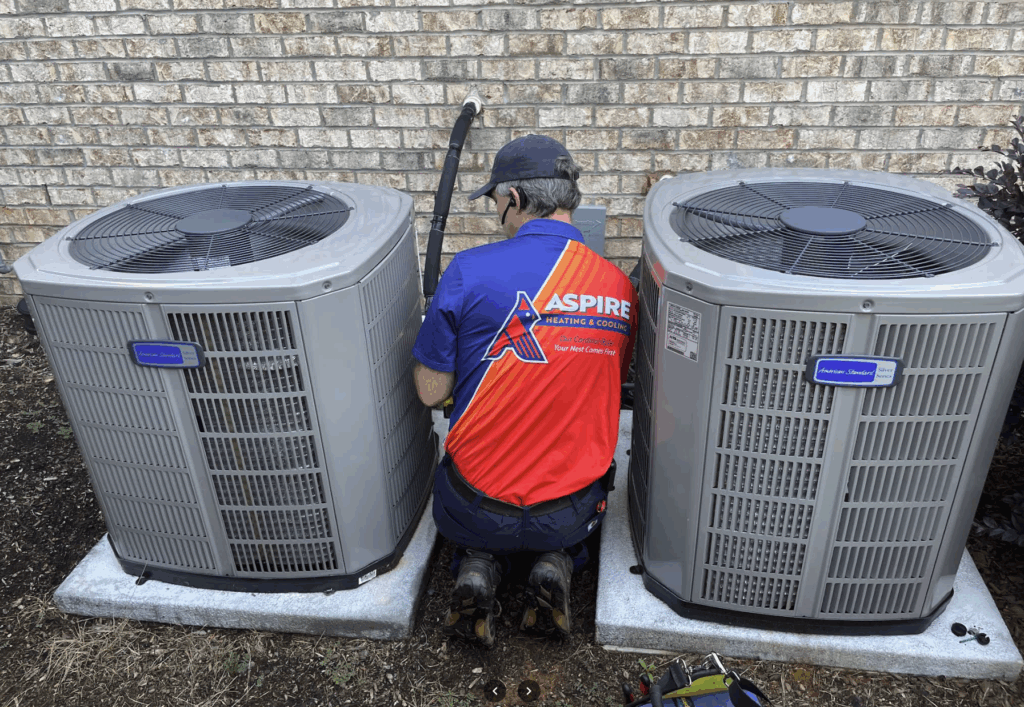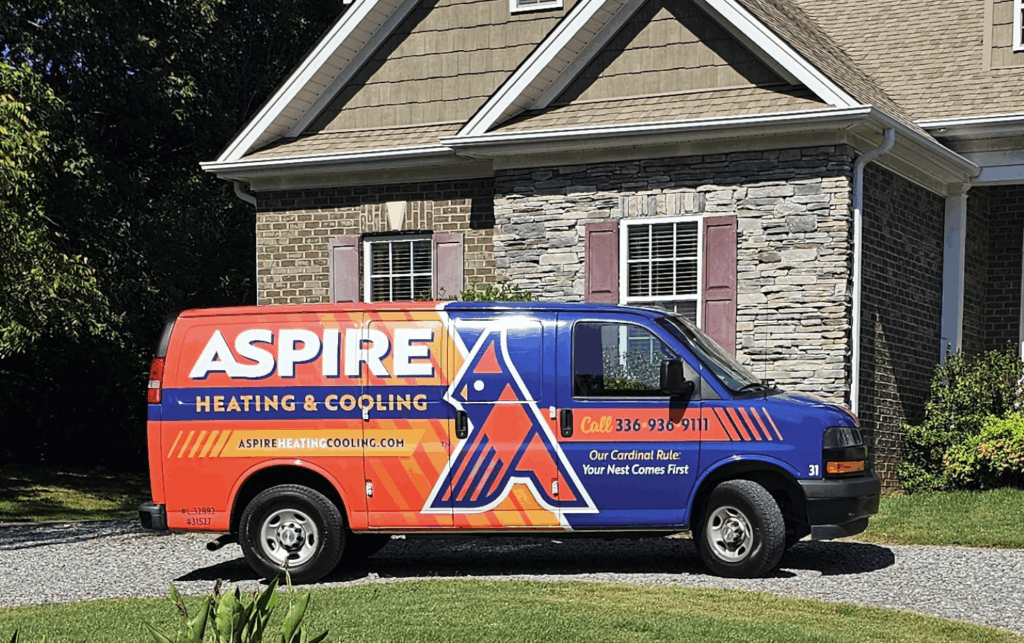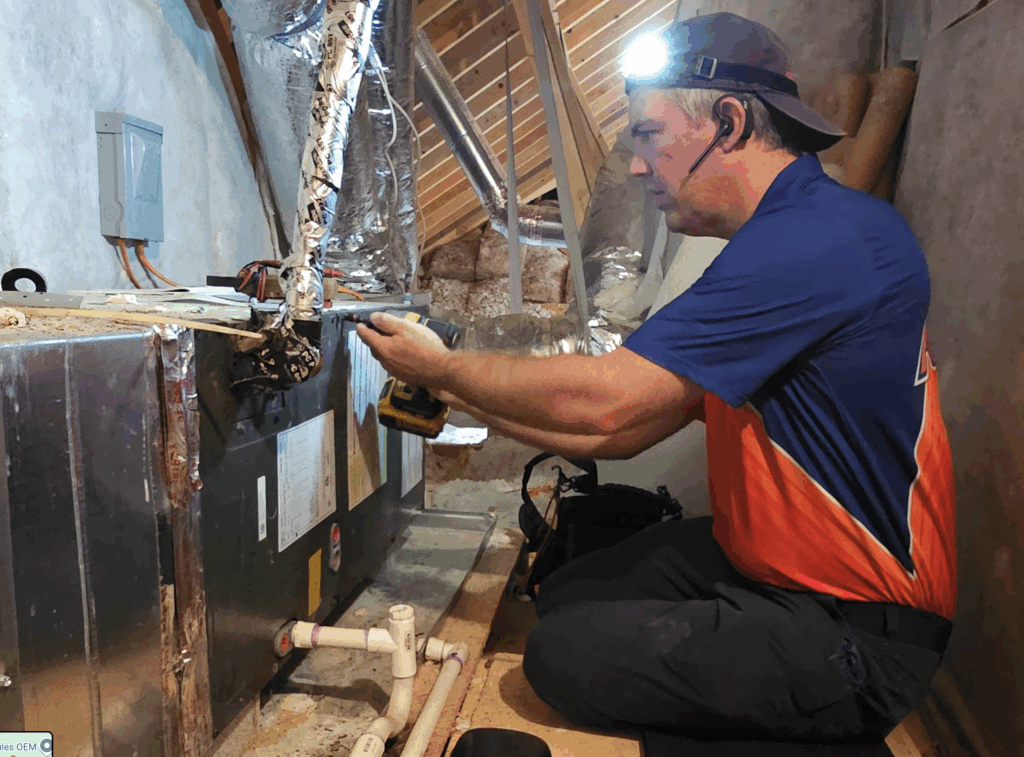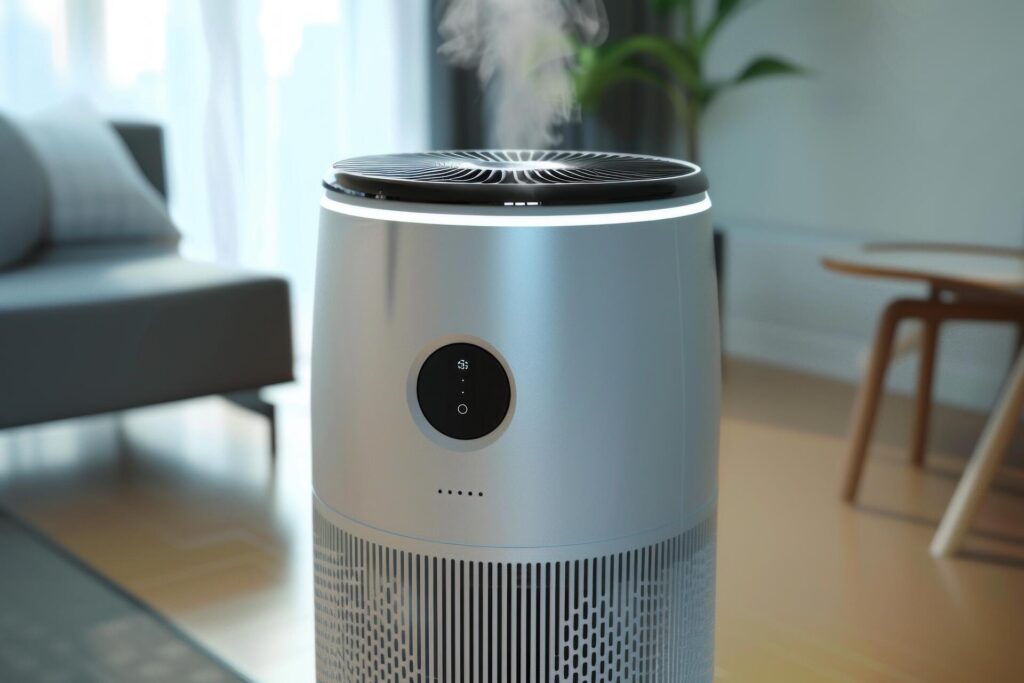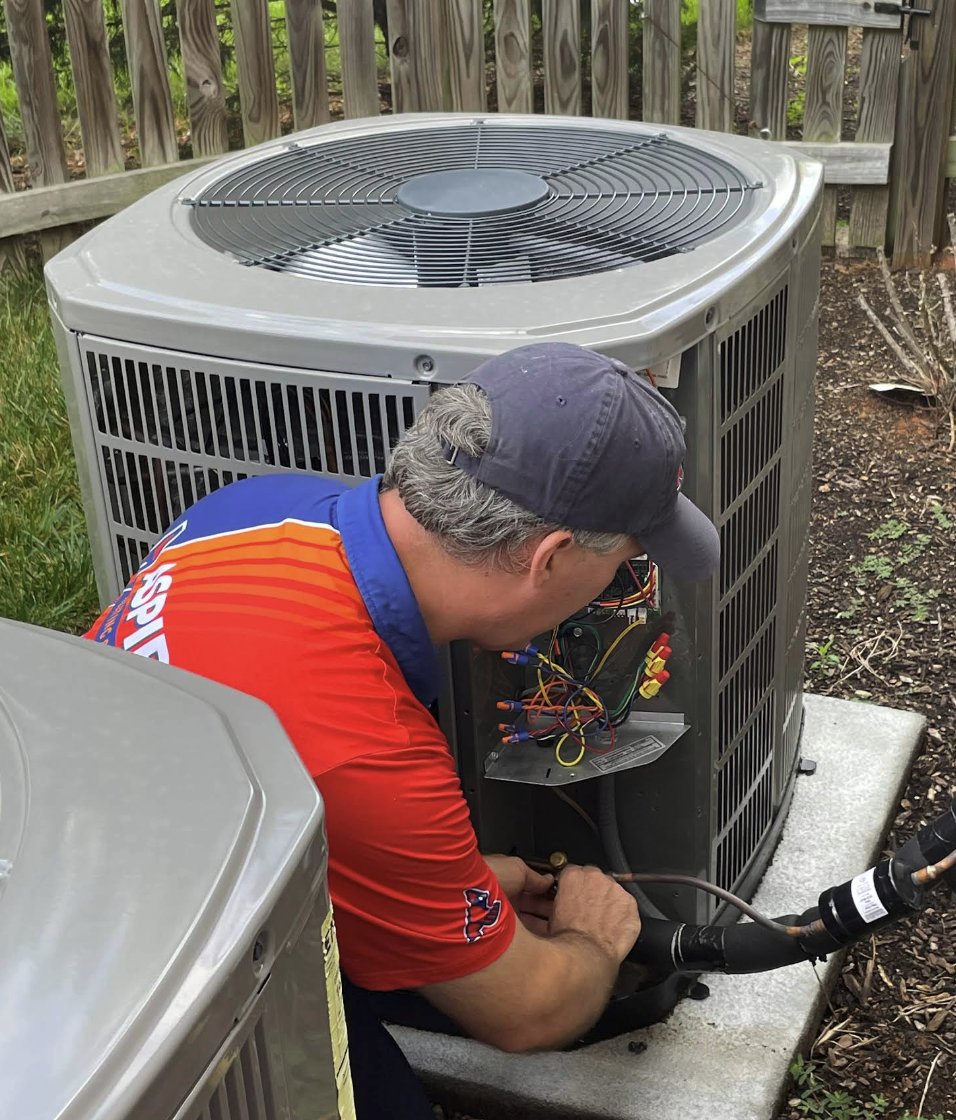Homeowners researching new heating and cooling systems often come across technical terms like SEER, HSPF, and AFUE. Although these acronyms may sound unfamiliar, they are key measures of a system’s efficiency, performance, and potential cost savings. By getting to know the meaning behind each rating, you can choose a system that suits your home’s heating and cooling needs while optimizing energy usage in the process.
What Is SEER?
SEER stands for Seasonal Energy Efficiency Ratio, a prominent rating for central air conditioners and heat pumps during the cooling season. In simple terms, SEER measures how efficiently an air conditioner (or the cooling function of a heat pump) operates over an average cooling season.
- How It Works: SEER is calculated by dividing the total cooling output (in British Thermal Units, or BTUs) by the total electric energy consumed (in watt-hours) over the course of a standard cooling season. A higher SEER number typically indicates better energy efficiency.
- Why SEER Matters: As SEER increases, homeowners often see a decline in their monthly energy expenses and a reduced carbon footprint. According to the U.S. Energy Information Administration, heating and cooling account for nearly half of the average household’s energy use, making SEER a crucial factor when seeking ways to limit power consumption.
- What to Look For: When browsing air conditioners, today’s models often range anywhere from 13 SEER (standard efficiency) to more than 20 SEER (high efficiency). The minimum SEER rating required by federal standards can vary by region, so it’s wise to check local regulations before purchasing.
What Is HSPF?
HSPF, or Heating Seasonal Performance Factor, is specifically used to measure the heating efficiency of heat pumps. Since heat pumps can manage both heating and cooling, HSPF focuses only on the system’s heating function.
• How It Works: Much like SEER, HSPF takes total heat output (in BTUs) over the course of a heating season and divides by the total electric energy consumed (in watt-hours). Again, higher HSPF values mean more efficient heating.
• Why HSPF Matters: A heat pump with a high HSPF typically reduces electricity usage and operating costs. This is especially important in regions that experience mild to moderate winters, where a heat pump can replace the need for a separate furnace altogether.
• Measurement Standards: Modern heat pumps tend to have HSPF ratings ranging from roughly 7.7 (standard) to 10 (high efficiency), though you can find advanced models exceeding 10. Homeowners who prioritize environmentally friendly solutions often lean toward heat pumps with a strong HSPF score.
What Is AFUE?
AFUE stands for Annual Fuel Utilization Efficiency and primarily applies to furnaces and boilers. While SEER and HSPF focus on electric energy consumption, AFUE targets systems powered by gas, oil, or propane.
- How It Works: AFUE is expressed as a percentage and measures how effectively a heating system converts its fuel into heat over a typical year. A 90% AFUE furnace, for example, uses 90% of its fuel to generate warmth, with the remaining 10% lost through exhaust or other inefficiencies.
- Why AFUE Matters: AFUE provides clear insight into the long-term fuel costs associated with furnaces and boilers. A system with a higher AFUE rating requires less fuel to deliver the same level of comfort, which can significantly cut down monthly bills. The U.S. Department of Energy notes that upgrading from an older, lower-AFUE furnace to a more efficient model can result in substantial annual savings.
- Common Ratings: Furnaces often range between 80% AFUE (basic efficiency) and around 97% AFUE (ultra-high efficiency). Consider local utility rates, climate, and your home’s insulation when deciding how high a rating may be necessary.
How These Ratings Impact Overall Efficiency
HVAC systems not only affect your comfort but also your budget and carbon footprint. The interplay of SEER, HSPF, and AFUE ratings determines how efficiently your system operates across seasonal changes:
- Systems with high SEER and HSPF values excel in environments where both cooling and heating from the same unit are desired.
- Furnaces with high AFUE percentages shine in colder climates that require steady and robust heating.
- Pairing a high-efficiency air conditioner (high SEER) with a high-efficiency furnace (high AFUE) can yield balanced comfort and cost savings throughout the year.
In many cases, local utility companies offer rebates or incentives for choosing energy-efficient appliances, effectively lowering the initial purchase price and hastening the payback period. Before finalizing any HVAC investment, double-check available tax credits, rebates, or special promotions in your area.
Choosing the Right System for Your Home
Selecting a comfort system requires weighing factors like geographic location, house size, insulation quality, and your long-term energy budget. Although opting for a system with top-tier ratings can mean a higher up-front cost, the long-range savings often outweigh short-term expenses. Additionally, alignment with eco-friendly standards adds intangible benefits, such as reducing your household’s environmental impact.
If you’re uncertain about the ratings or unsure which combination of SEER, HSPF, and AFUE is best for your home, you may want to schedule an energy audit. A licensed HVAC professional can evaluate variables like ductwork, airflow, and insulation to provide personalized recommendations. This expertise allows homeowners to make informed decisions, ensuring maximum comfort and cost-effectiveness year-round.
Explore More with Aspire Heating & Cooling
Understanding SEER, HSPF, and AFUE ratings is key to achieving a high-performance, energy-efficient HVAC setup. Whether you need to replace an aging furnace or install a heat pump for the first time, selecting a system with optimal efficiency is a meaningful investment in your family’s comfort and budget.
If you’d like tailored guidance or want to discuss your current HVAC equipment, visit our Contact Page or learn more about our comprehensive services at Aspire Heating & Cooling. Our team is eager to help you navigate the available options and select an HVAC solution that aligns perfectly with your home’s needs.


